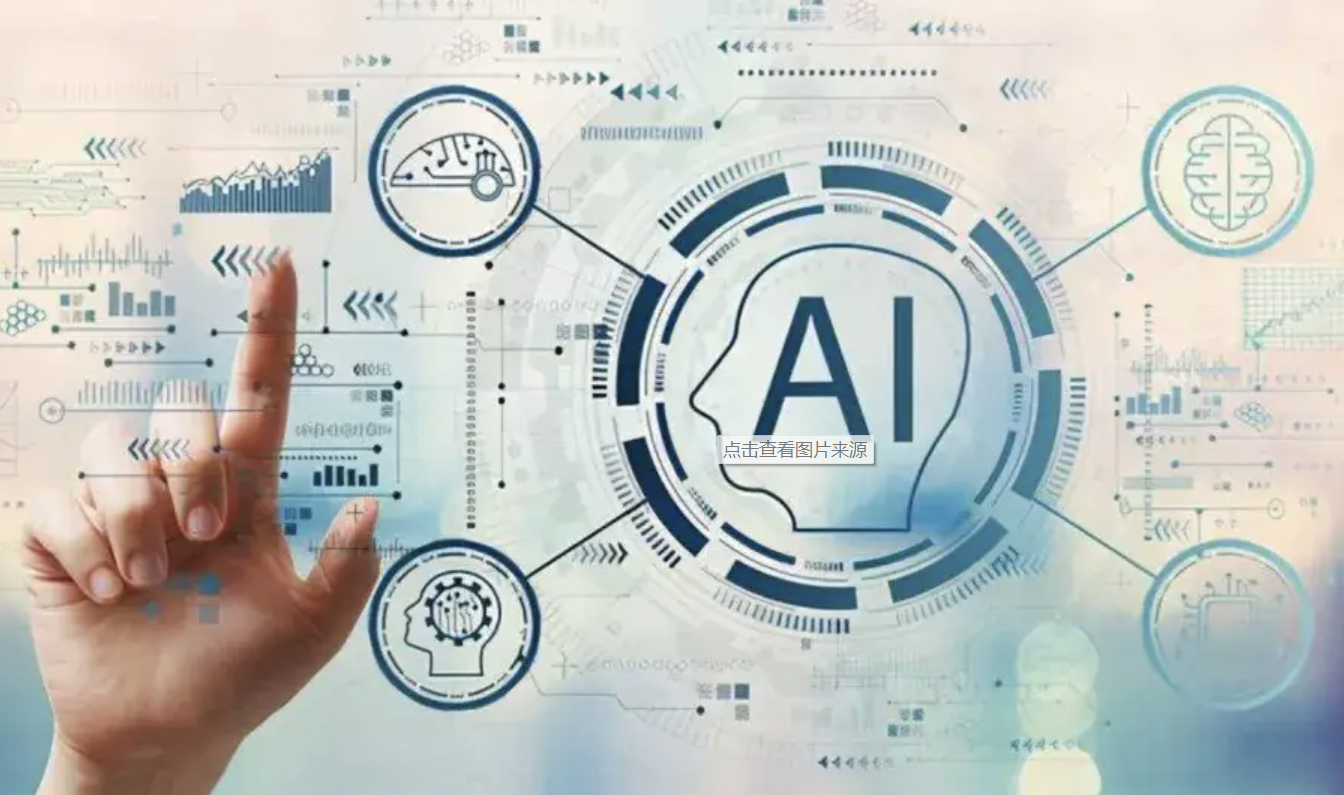ZHU Zhiguo, KONG Liping, JIANG Pan, GAO Ming, FAN Weiguo
E-commerce is an important application field in the digital economy industry. In the interaction sessions between users and goods on the e-commerce platform, the micro-operation behaviors can gain insight into the user's fine-grained purchase interests, and at the same time, the macro multi-period session sequence can reflect the dynamic evolution of user's interests. Therefore, it has become a hot and difficult problem that how to integrate the two to conduct accurate and comprehensive user interest modeling, and then carry out accurate recommendation. The deep recurrent neural network (RNN) has outstanding advantages in processing serial data with periodic and long-term dependencies, and is one of the core methods of AI. Based on this, a hierarchical RNN network: Session-level LSTMm ses, block-level LSTMm blo and user-level LSTMm usr, is designed in the framework of the proposed model MpUIP. Firstly, the user's fine-grained interests are first learned from the micro behavior details in the session. Further, the evolution of user's short-term, medium-term and long-term interests are learned, and the multi-period interests are fused. Finally, on two real datasets, four experiments: model ablation, benchmark model comparison, sparsity evaluation, and real case analysis are conducted. On the two typical indicators of recommendation: Recall@K and MRR@K, the experimental results verify that the proposed model Mp-UIP has best performance than the existing classical models. This confirms that the model Mp-UIP can indeed build a more accurate and comprehensive user interest model by combining the user's fine-grained interests with the multi-period interest evolution representation, so as to serve for the accurate and personalized E-commerce recommendations.


